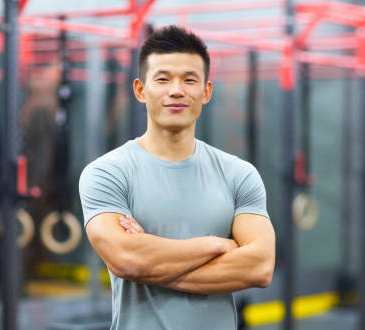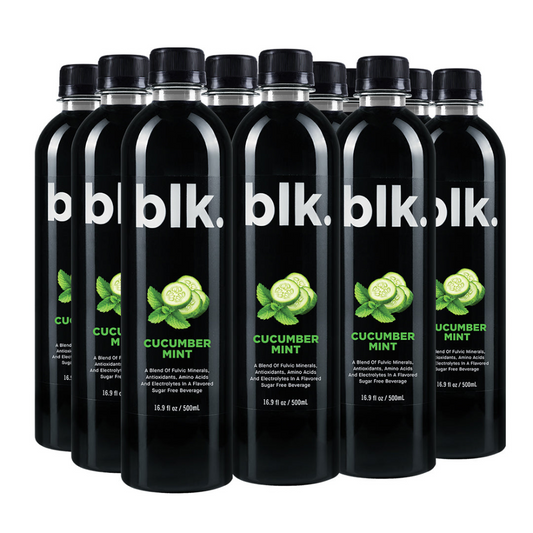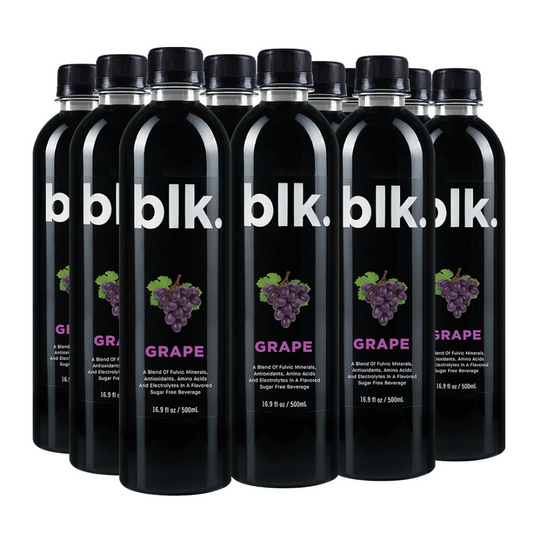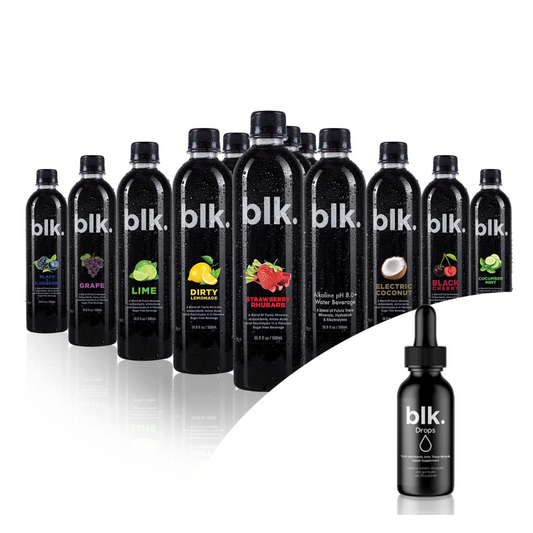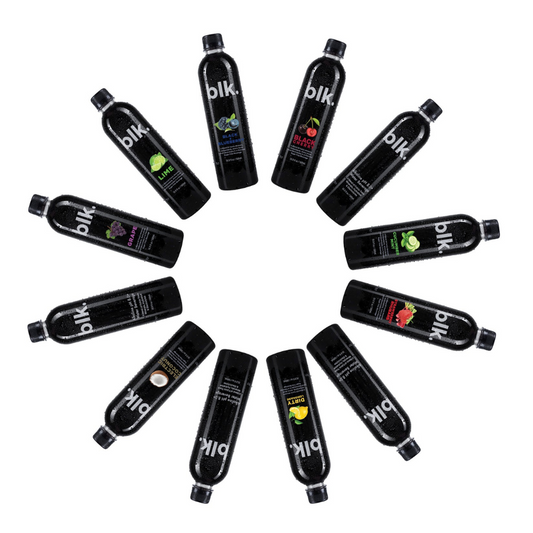
Effective Beginner Workouts: Getting Started with Exercise
This Article Outlines:
- The benefits of exercises
- The different types of exercises
- How to prepare for exercises
- Full body workouts for beginners
Are you a beginner looking to start your fitness journey but don't know where to start? If so, this article is tailored for males and females, exploring effective beginner exercises that will kick-start your fitness journey.
As a newbie in the fitness world, it can be daunting to know what works best for you. The gym can be intimidating with all the complicated equipment and seasoned pros. But with proper guidance and motivation, you are one step closer to your fitness goals. So, let's get into the details of getting started with exercises.
Basics of Exercise
Exercise is a routine that runs on five main principles -specificity, progression, overload, adaptation, and reversibility. That is why the benefits of exercise can be reaped by practicing frequently and consistently.
Benefits of Exercise
It is undisputed that regular exercises are an essential aspect of our lifestyle that helps maintain health and overall well-being. Everyone stands to benefit from regular exercise regardless of sex and age.
# Weight Management
Whether you are trying to shed those extra pounds or you want to add on some weight, exercises will help you achieve these goals.
# Boosts Energy
During the exercises, carbs and fats are broken down into glucose and fatty acids, which provide energy to keep you going with your daily activities.
# Lowers Risks of Health Complications
Exercising regularly for at least 10 min improves blood flow and burns fat, improving cardiovascular health. Exercise may also prevent diseases like type 2 diabetes, certain cancers, and dementia.
# Improves Mood
Regular exercises are therapeutic and can help relieve stress healthily. Exercises release endorphins, reducing stress and anxiety.
Different Types of Exercise
There is more than one way to keep fit through exercise. The different exercises will help you maximize the benefits of the exercises. Variety breaks the monotony, motivating you throughout your workout journey. Here are some exercises.
Aerobic Exercises
Aerobic exercises improve fitness by increasing heart rate and the body's oxygen utilization. Aerobic exercises may further be classified depending on intensity levels. They range from light-intensity to moderate and vigorous-intensity exercises.
Flexibility Exercises
Flexibility exercises help improve your muscles' and joints' range of motion.
Strengthening Exercises
Strength training, commonly known as resistance training, helps improve your strength by strengthening the muscles. They typically involve weights (including body weight) and other equipment like resistance bands.
Balance Exercises
Balance exercises help improve stability and can be helpful for older people who may have weaker muscles and joints.
Full Body Workouts for Beginners
Cardiovascular Workouts
Cardiovascular workouts, or "cardio", utilize aerobic metabolism, which increases heart rate and respiration. Such exercises improve mental health and the functioning of organs like the heart and lungs.
Cardiovascular exercises for beginners include:
- Walking
- Running
- Cycling
- Swimming
- Jogging
- Jumping rope
- Dancing
The duration of the exercises depends on the type of exercise, but it should be at least 10 minutes initially, and gradually extend the duration as your fitness level improves.
Strength Workouts
Bodyweight Exercises
Bodyweight exercise is a type of strength training that utilizes your body's weight and resistance to gravity. It is an efficient, convenient, and cost-effective method for beginners because it requires no equipment and can be done anywhere.
Bodyweight exercises can also target different areas of the body: the upper body, lower body, and core.
Upper body exercises are compound exercises that target groups of muscles, including arms, chest, shoulders, and back. They include;
- Push-ups: Place your body in a plank position with hands shoulder-width apart. Lower the body towards the floor by bending your elbows and keeping your back straight, then push up to starting position.
- Chin-ups: Grasp a pull-up bar with the hands shoulder-width apart. Pull your body up towards the bar until your chin is over the bar, then slowly lower yourself back down.
- Burpees: Start in a standing position, then drop down to a push-up position, perform a push-up, jump back up to a standing position, and jump up into the air with arms raised overhead. Repeat the process for the desired reps.
- Mountain Climbers: Starting in a high plank position, bring one knee toward your chest while extending the other leg. Quickly switch legs, keeping your core engaged and hips level-alternate legs as quickly as possible, mimicking a running motion.
Lower body exercises involve the glutes, quads, hamstrings, and calves. Exercises for beginners include:
- Lunges: Stand with the feet hip-width apart, step forward with one leg, and lower the back knee towards the ground. Return to the standing position and repeat the process with the other leg.
- Step up: To perform a step-up, stand facing a step or a slightly raised platform and place one foot on it. Lift yourself using the foot on the step and bring the other foot to the step. Step back down and repeat the process.
- Glute Bridge: Lie on your back with your knees bent and feet flat on the ground. Lift your hips off the ground while squeezing your glutes. Lower your hips back to the starting position.
- Bodyweight Squats: Start while standing with the legs hip-width apart. Squat by bending the knees while keeping your upper body upright. Return to the original position and repeat. https://vm.tiktok.com/ZMYSF5wJ7/
Exercises for your core include
- Deadbugs: Lie down on your back with your arms and feet extended. Lower one arm and the alternate leg slowly towards the floor, then return to the starting position and alternate with the other side.
- Front Planks: In a push-up position, lower yourself to your forearms, keep your elbows underneath your shoulders, and stay in this position for 30-60 seconds.
- Side Planks: Start by lying on your side with your forearm on the ground and elbow directly under your shoulder. Lift your hips off the ground and hold the position for 20-30 seconds.
Resistance Band Exercises
Resistance bands are a favorite piece of equipment for many because of their versatility. Resistance band exercises can work on various muscles, from your arms to your glutes and core.
Some popular resistance band exercises include:
- Woodchopper: This exercise works out your shoulder, back, abs, and core. Place one end of the band under your foot and pull the band diagonally across your body while rotating your torso. Return to the starting position and repeat on the other side.
- Banded bridges: Targets your glutes, lower back, abs, and hamstring. Lie on your back with a resistance band around your knees. Lift your hips, squeezing your glutes and keeping your core engaged. Lower back down and repeat.
- Standing side taps: Targets hip flexors, glutes, quads, and hamstring. The exercise begins with a resistance band below your knees. Step to the side with one foot, then tap your other foot out to the side. Repeat on the other side.
- Bicep curls and Tricep kickbacks: They strengthen your arm. To perform a banded bicep curl, stand on the resistance band, holding the band with palms facing up. Curl the band up towards the shoulders and then lower down slowly. Repeat the process.
Dumbbell Exercises
Dumbbells are the most popular workout equipment that is beginner friendly. Dumbbell exercises can target and strengthen all muscle groups with the correct form and technique.
The most popular dumbbell exercises are:
- Dumbbell Squat: Targets quads, glutes, and calves
- Dumbbell Standing Shoulder Press: Works your shoulders, upper back, and arms.
- Lateral Raise: strengthens your shoulders and triceps.
- Bicep Curl: Works your biceps.
- Chest Press: Targets your chest and triceps.
Preparing for Beginner Workouts
Before setting out on your fitness journey, there are a few things that you should consider first to help you stay consistent with workouts.
- If you have underlying conditions that include diabetes, hypertension, heart disease, or obesity, go for a health checkup to determine which exercises are safe.
- Choosing light workout clothes that you will be comfortable in and won't absorb sweat.
- Select a suitable workout space.
- Gathering the right workout equipment. Simple equipment like dumbbells and resistance bands are enough.
- Understanding how to warm up and cool down to help prevent injuries and for the body to recover.
Tips for Staying Motivated
Starting workouts is rarely a problem. Remaining consistent and committed to the course is the real challenge. Here are some tips that would help you stay motivated throughout the journey.
- Find a workout buddy with similar goals to keep you motivated and hold you accountable.
- Keeping a workout journal to track progress. You can challenge yourself to accomplish more when you are aware of your progress.
- Listening to music to boost your mood during workouts.
- Incorporate workouts into your lifestyle, for example, jogging or cycling to your place of work, to improve your fitness and overall health.
- Reward yourself for your achievements.
Conclusion
In conclusion, exercises are crucial aspects of our lifestyle that everyone should incorporate into their daily routine. Plenty of beginner-friendly exercises exist, so you should try them to see which works best. Once you get started and stay committed to the course, you'll start reaping the fruits of your labor in a few weeks.
Frequently Asked Questions
-
What is the best time of day to work out?
-
How can I make sure I am using the proper form?
-
What should I wear to work out?
-
Can I still work out if I am sore from a previous workout?
-
How can I track my progress as a beginner?
